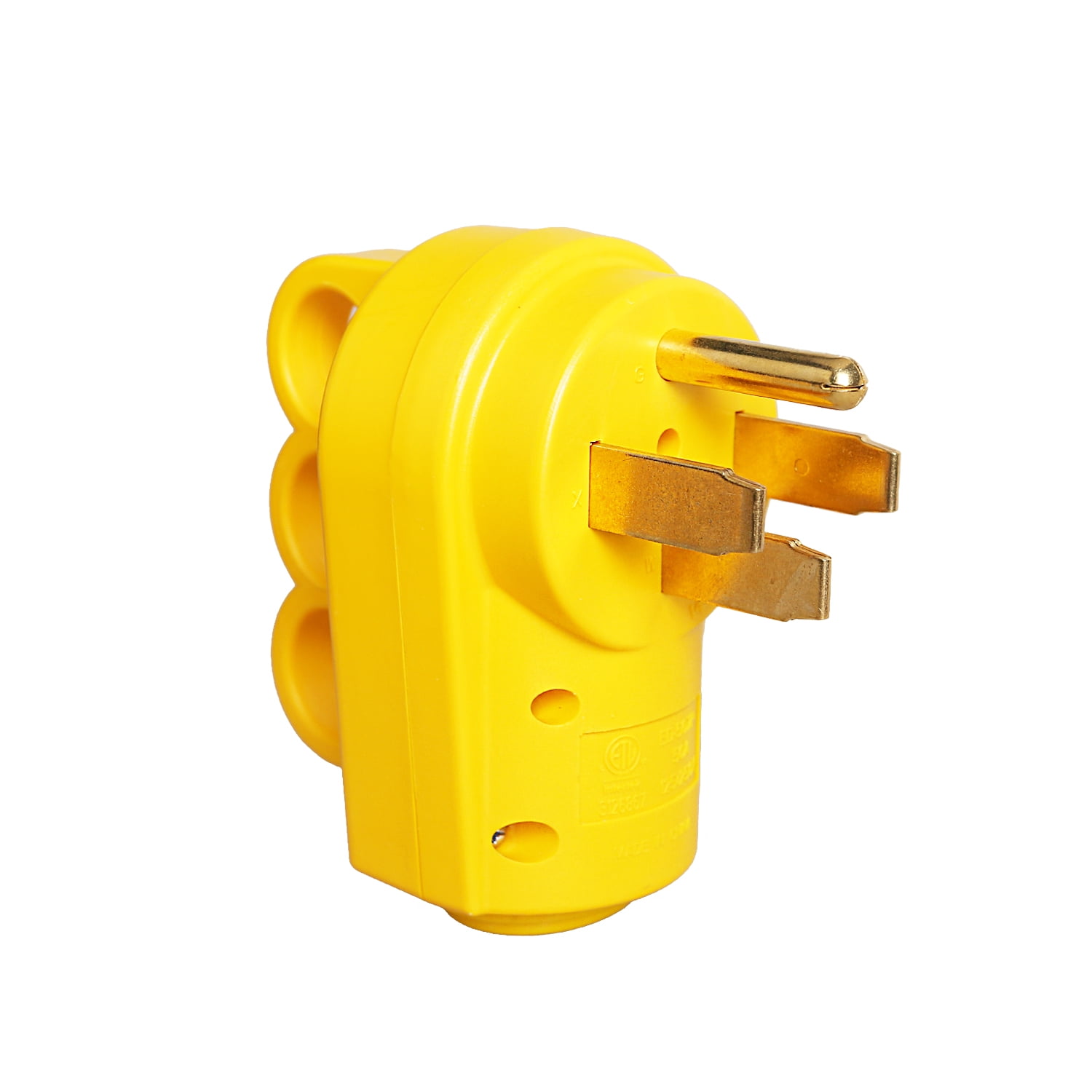
In some designs, polarised plugs cannot be mated with non-polarised sockets. For example, appliances may ensure that switches interrupt the line side of the circuit, or can connect the shell of a screw-base lampholder to neutral to reduce electric shock hazard. Where a " neutral" conductor exists in supply wiring, polarisation of the plug can improve safety by preserving the distinction in the equipment. Class I equipment requires an earth contact in the plug and socket, while Class II equipment is unearthed and protects the user with double insulation. The assigned IEC appliance class is governed by the requirement for earthing or equivalent protection. The plug is often designed so that the earth ground contact connects before the energized circuit contacts. Some early unearthed plug and socket types were revised to include an earthing pin or phased out in favour of earthed types. Some types can also include fuses and switches.Ī third contact for a connection to earth is intended to protect against insulation failure of the connected device. Sockets may have automatic shutters to stop foreign objects from being inserted into energized contacts. Contact pins may be sheathed with insulation over part of their length, so as to reduce exposure of energized metal during insertion or removal of the socket. Sockets may be recessed and plugs designed to fit closely within the recess to reduce risk of a user contacting the live pins. Plugs are shaped to prevent bodily contact with live parts. Protection from accidental contact ĭesigns of plugs and sockets have gradually developed to reduce the risk of electric shock and fire. ( May 2021) ( Learn how and when to remove this template message) Unsourced material may be challenged and removed. Please help improve this article by adding citations to reliable sources in this section. This section needs additional citations for verification.

Depending on the supply system, one or both current-carrying connections may have significant voltage to earth ground. Single-phase sockets have two current-carrying connections to the power supply circuit, and may also have a third pin for a safety connection to earth ground. To reduce the risk of electric shock, plug and socket systems have safety features in addition to the recessed contacts of the energised socket.Ī socket may be surrounded by a decorative or protective cover which may be integral with the socket. Some plugs have built-in fuses for safety. Some plugs have female contacts that are used only for an earth ground connection. The plug is a male connector, often with protruding pins that match the openings and female contacts in a socket. Typically no energy is supplied to any exposed pins or terminals on the socket, for safety.Ī plug is the movable connector attached to an electrically operated device, and the socket is fixed on equipment or a building structure and connected to an energised electrical circuit. Clockwise from top left: CEE 7/4 (German) plug a matching CEE 7/3 socket with exposed earth (ground) projections on circumference of socket CEE 7/5 (French) socket with projecting earth pin. Plugs and sockets may sometimes combine male and female contacts.

#50 amp male plug full#
Some multi-standard sockets allow use of several types of plug improvised or unapproved adaptors between incompatible sockets and plugs may not provide the full safety and performance of an approved socket-plug combination. Coordination of technical standards has allowed some types of plug to be used across large regions to facilitate trade in electrical appliances, and for the convenience of travellers and consumers of imported electrical goods. Today there are about 20 types in common use around the world, and many obsolete socket types are found in older buildings.

A proliferation of types developed for both convenience and protection from electrical injury.
#50 amp male plug portable#
Plugs and sockets for portable appliances became available in the 1880s, to replace connections to light sockets with wall-mounted outlets. Different standard systems of plugs and sockets are used around the world. Electrical plugs and sockets differ from one another in voltage and current rating, shape, size, and connector type. AC power plugs and sockets connect electric equipment to the alternating current (AC) mains electricity power supply in buildings and at other sites.


 0 kommentar(er)
0 kommentar(er)
